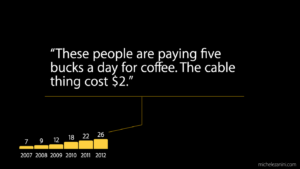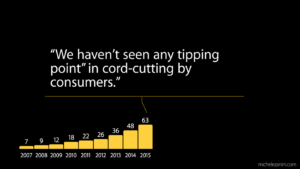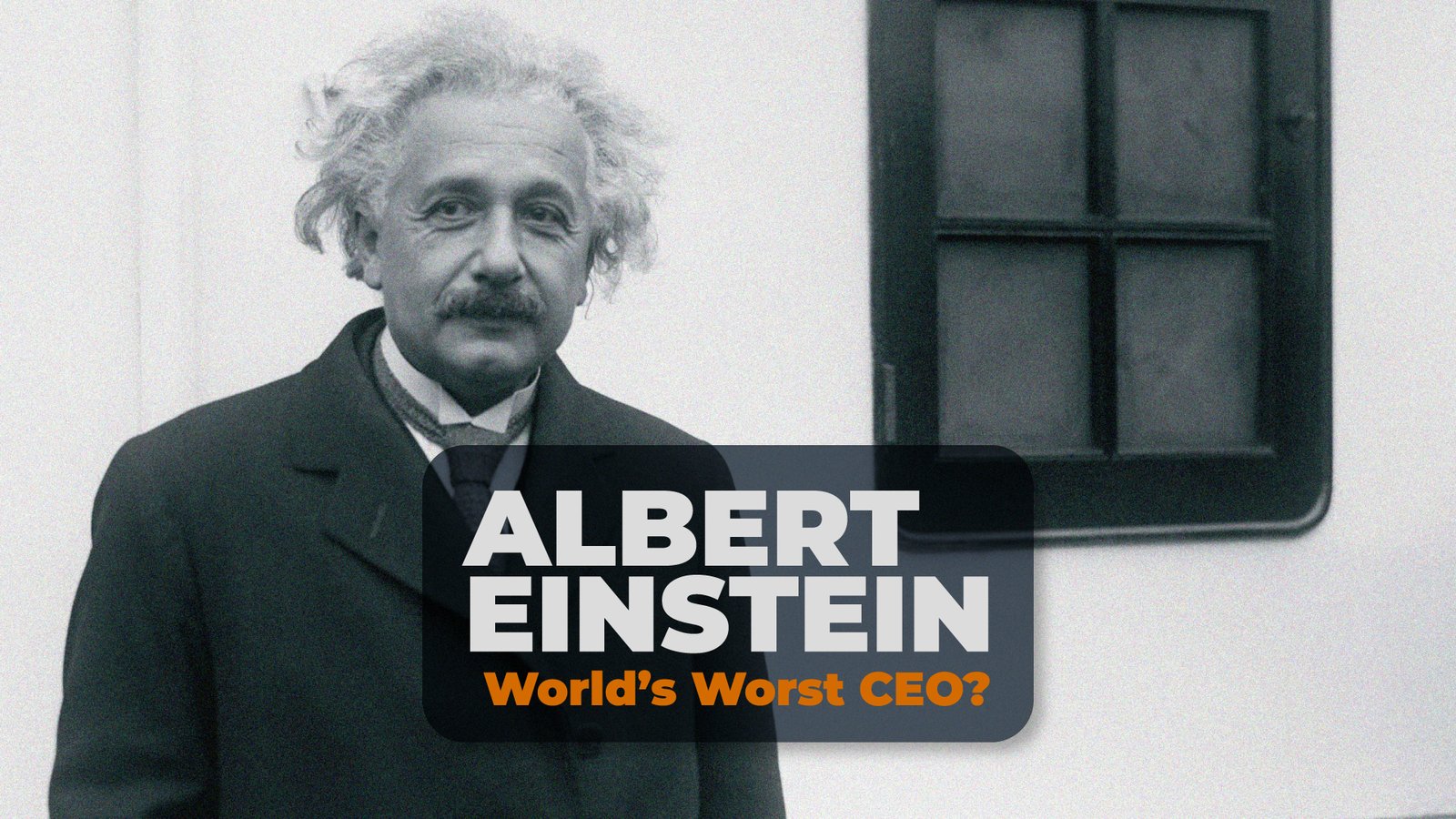
Strategic Reframing: Overcoming Executive Myopia in the TUNA World
In today’s rapidly evolving business landscape, characterized by volatility, uncertainty, complexity, and ambiguity (VUCA), executives face unprecedented challenges. Traditional strategic planning methods, often relying on linear projections and historical data, are ill-equipped to navigate this turbulent environment. A new approach is needed, one that embraces uncertainty, challenges assumptions, and fosters a culture of continuous learning.
The Perils of Executive Myopia: A Cautionary Tale
The downfall of industry giants like Blockbuster serves as a stark reminder of the perils of executive myopia. In 2000, Netflix founder Reed Hastings offered to sell his fledgling DVD-by-mail company to Blockbuster for $50 million. Blockbuster CEO John Antioco, blinded by his company’s dominance and skeptical of online ventures, declined the offer. This decision proved fatal for Blockbuster, as Netflix’s subscriber base grew exponentially, reaching 18 million by 2010. Even then, TimeWarner Cable’s CEO, Jeff Bewkes, dismissed Netflix as a temporary phenomenon, underestimating the seismic shift towards streaming services. Today, Netflix boasts over 260 million subscribers and a market capitalization of nearly $300 billion, while Blockbuster is extinct and TimeWarner has been absorbed into another media empire.






Time Warner CEO’s statements about Netflix and cord cutting over time. Source Michele Zannini
This cautionary tale highlights the dangers of executive myopia, a condition where leaders become insulated from ground-level realities, resistant to dissenting opinions, and anchored to outdated assumptions. Overcoming this myopia is essential for organizations to thrive in the TUNA world.
This myopia can manifest in several ways:
- Insulation: Executives often operate in a bubble, receiving filtered information that reinforces their existing beliefs and biases.
- Fear of Dissent: A culture of fear can discourage employees from challenging the status quo or offering alternative perspectives.
- Legacy Beliefs: Executives may cling to outdated assumptions about customers, technology, and the competitive landscape, formed in a different era.
The consequences of executive myopia can be severe, leading to missed opportunities, strategic missteps, and even organizational decline.
The Oxford Scenario Planning Approach: A Tool for Navigating the TUNA World and Overcoming Executive Myopia
The Oxford Scenario Planning Approach (OSPA) is a powerful tool for organizations grappling with the uncertainty and volatility of today’s business environment, often referred to as the TUNA (Turbulence, Uncertainty, Novelty, and Ambiguity) world. OSPA’s focus on preparing for multiple plausible futures helps counteract executive myopia, a common pitfall where leaders focus on short-term gains and overlook potential long-term disruptions.
- Embracing Uncertainty: OSPA encourages organizations to embrace uncertainty rather than try to predict a single future. This is achieved by developing diverse scenarios that encompass a wide range of potential developments.
- Enhancing Strategic Adaptability: By considering multiple futures, organizations can develop flexible and resilient strategies that can adapt to unexpected changes.
- Promoting Strategic Innovation: Scenario planning fosters creative thinking about the future, uncovering new opportunities for growth and development.
- Fostering Collaboration: OSPA involves diverse stakeholders, ensuring scenarios are comprehensive and building a shared understanding of potential futures.
- Continuous Learning: Scenarios are regularly updated to reflect new information, ensuring strategies remain relevant in a dynamic environment.

Source: Rafael Ramírez and Angela Wilkinson, Strategic Reframing, Oxford 2016.
The Oxford Scenario Planning Approach (OSPA): A Beacon in Turbulent Times
The Oxford Scenario Planning Approach (OSPA) offers a robust framework for overcoming executive myopia and navigating the complexities of the VUCA world. Rooted in a learner-centric philosophy, OSPA emphasizes the importance of understanding the present through the lens of multiple plausible futures. By engaging in a structured process of framing, reframing, and reperception, leaders can break free from the constraints of linear thinking and develop a more nuanced understanding of the forces shaping their environment.
- Framing: The first step in OSPA is to identify the key uncertainties and drivers of change that could shape the future. This involves engaging in “strategic conversations” with diverse stakeholders, both internal and external, to gather a wide range of perspectives and insights. By exploring different viewpoints and challenging assumptions, leaders can broaden their understanding of the potential challenges and opportunities that lie ahead.
- Reframing: The second step is to reframe existing assumptions and explore alternative perspectives. This requires a willingness to question the status quo and consider unconventional ideas. By stepping outside their comfort zones and embracing diverse viewpoints, leaders can uncover hidden opportunities and mitigate potential risks.
- Re-perception: The final step is to gain new insights and understanding through immersive experiences in different future scenarios. This involves stepping into the shoes of different stakeholders and exploring the implications of each scenario for the organization. By experiencing the future through multiple lenses, leaders can develop a more holistic understanding of the complex forces at play and make more informed strategic decisions.

The interconnections between reframing and reperception.
Source: Rafael Ramírez and Angela Wilkinson, Strategic Reframing, Oxford 2016.
Link to Executive Myopia and the TUNA World:
Executive myopia, the tendency for leaders to focus on short-term results at the expense of long-term planning, is particularly dangerous in the TUNA world. OSPA’s emphasis on multiple futures helps broaden leaders’ perspectives and encourages them to consider a wider range of possibilities. This long-term, holistic view is essential for making strategic decisions that are robust and adaptable to unforeseen events.
By embracing uncertainty, fostering adaptability, and promoting a collaborative approach, the Oxford Scenario Planning Approach equips organizations to navigate the complexities of the TUNA world and overcome the limitations of executive myopia. It is a valuable tool for any organization seeking to build resilience and thrive in an unpredictable environment.
Empowering Leaders Through Strategic Conversations
A key element of OSPA is the emphasis on “strategic conversations.” These conversations provide a safe space for diverse stakeholders to share their insights, challenge assumptions, and co-create plausible future scenarios. By fostering a culture of open dialogue and collaboration, organizations can tap into the collective intelligence of their employees and develop more robust and adaptive strategies.
Navigating the Future with Confidence
The OSPA framework offers a powerful tool for executives seeking to navigate the complexities of the TUNA world. By embracing uncertainty, challenging assumptions, and fostering a culture of continuous learning, leaders can overcome executive myopia and make more informed strategic decisions.
Call to Action
To learn more about how to apply the Oxford Scenario Planning Approach in your organization, join us for our upcoming workshop, “Navigate the Future with Confidence: Strategic Scenario Planning in Turbulent Times for Leaders,” led by the renowned Professor Joachim de Vos. This interactive workshop will provide you with the tools and techniques you need to overcome executive myopia, harness the power of collective intelligence, and develop resilient strategies for the future.
Call: +201050537711/+201050537722
Email: info@gotonexuscom
www.gotonexus.com



